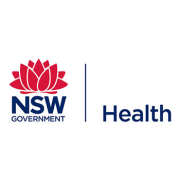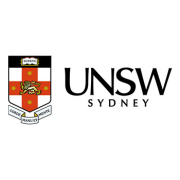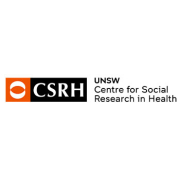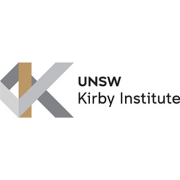Chief Investigator: Professor Lisa Maher, Dr Jenny Iversen
The robustness or the degree of external validity of results from the NSW NSP Enhanced Data Collection (NNEDC) is difficult to determine. A key limitation is the lack of information that is collected from NSP clients who decline to participate in the NNEDC, particularly in terms of demographic characteristics and injecting risk behaviour. However, while the NNEDC is designed to remove the need to request data of NSP clients on each occasion of service by replacing this with an annual snapshot data collection, this collection aims to place as few demands as possible on respondents who are not reimbursed for their participation.
The current study aims to assess the robustness of the NNEDC by determining the representativeness of respondents relative to the broader population of NSW NSP clients by comparing basic demographic (age, gender, Indigenous status) and drug use (self-reported drug last injected) characteristics. The 2017 NNEDC will include a mandatory core module to be completed by all presenting NSP clients. Data will be analysed using STATA to model univariate and multivariate associations between demographic and drug use characteristics and completion of the NNEDC survey. Wald X2 tests and related 95% confidence intervals (CIs) will be calculated to assess statistical significance and precision.




